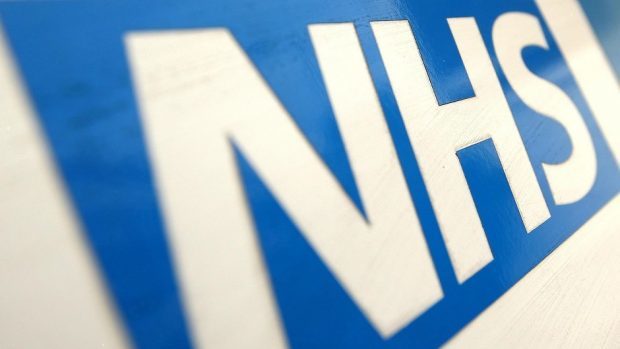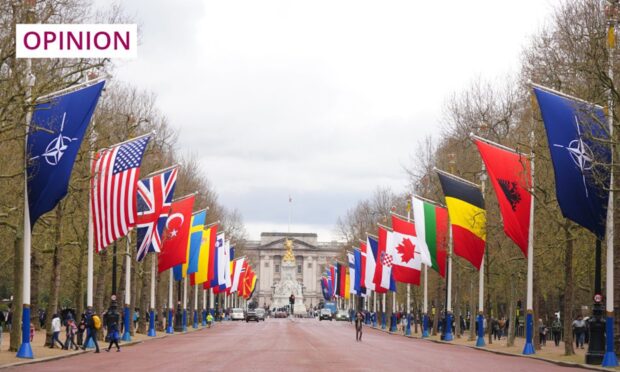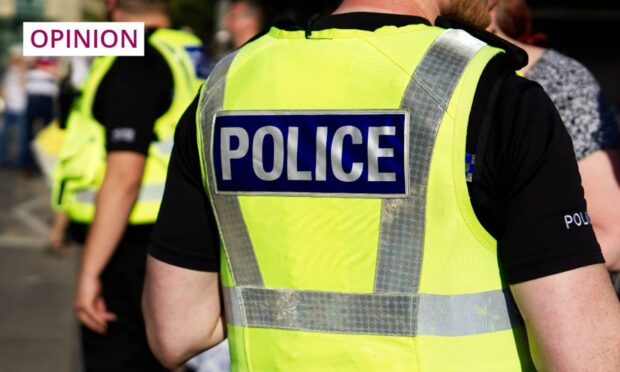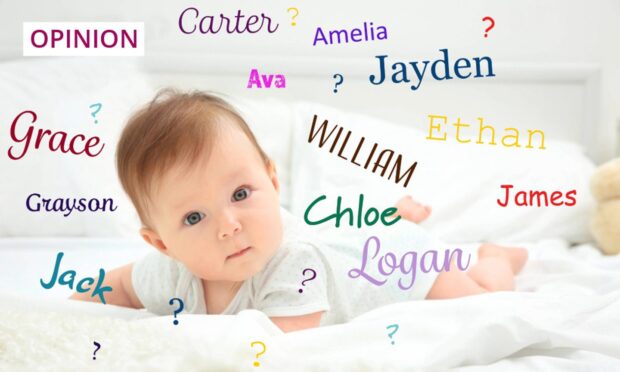Recently I unexpectedly became a “mystery shopper”.
Mystery shoppers have been used by the service industry for decades to provide a true indication of the customer experience. However, entirely by accident, I became one myself, testing out health services in Scotland, Africa and England.
When a friend developed an infection while staying with me in Moray, we rang NHS 24 and were advised to go to the walk-in clinic at the cottage hospital in Keith, a town with a population of less than 5,000.
We were seen within 20 minutes by a doctor who gave my friend a prescription. All treatment and medicines were free and the entire episode took about 90 minutes.
Last week, while on holiday in Egypt, I picked up a minor infection that required antibiotics. I went to a nearby health clinic in a seaside resort, population 260,000. I was seen immediately by a general practitioner, examined and given a prescription.
There was a charge – 70 euros. The antibiotics and another medicine cost an extra 35 euros, so the whole episode cost me just under £100, but I was back relaxing by the pool within 20 minutes.
Back in the UK, while staying with relatives in England, my partner developed the same symptoms. He rang 111 – the English equivalent of NHS 24 – but was told there was nowhere he could be treated within 20 miles, despite the fact we were in a town with a population of 110,000.
Instead of driving to a walk-in clinic at a major hospital in the nearest city, which seemed ridiculous, he asked if he could just get an emergency appointment at a nearby GP.
The call handler agreed, but when we arrived at the surgery they refused to see my partner because he wasn’t registered with them and presumably they wouldn’t get paid for the consultation.
Instead, he was told to go to the walk-in service at the local town hospital a few miles away. When we got there we found this service didn’t open until 7pm and were advised by the receptionist to go to Accident and Emergency.
So we found ourselves waiting to be admitted to the most expensive part of the health service in order to be treated for the most minor of infections. We had spent two hours trying to get treatment and were still waiting.
After another three hours my partner was seen by a junior doctor, taking up a valuable A&E bed, wasting the time of a clinician who was vastly overqualified to diagnose a simple infection, and adding to NHS waiting times.
Finally, after five hours, he was given the same examination as me and issued with exactly the same prescription I had received after just 20 minutes in Egypt.
Treatment was not entirely free either – parking cost £5, and at the pharmacy we were presented with a bill for £9 – the cost of a prescription in England.
From the early 2000s we saw an interesting experiment in UK healthcare. Due to devolution, Scotland began to run its NHS differently to England’s. This offered a unique opportunity to study the effectiveness of each approach, if only there were comparable measurements.
The only real measurement tool was waiting times but, while both systems recorded them, the way this was done was different, meaning there was no way of knowing for sure which was better.
It was a source of huge frustration when I reported on healthcare, but worked to the advantage of both the UK and Scottish governments, since both could claim their approach was working without challenge.
You get what you pay for, they say, but there’s more to it than that. The most efficient system was the Egyptian one, where the cost of treatment was clear to the consumer.
Where the true cost was hidden, the system became more inefficient.
In Scotland treatment was speedy but fairly expensive – a hospital is an expensive luxury for a small town, especially as an out-of-hours GP could have done the same job. In England the cost of treating my partner’s infection probably ran into thousands of pounds and the healthcare journey was the worst.
I am not arguing for the privatisation of healthcare, but my experience could be used to make the case for it. Evidence from other countries suggests that private healthcare systems are not necessarily more efficient.
In all three cases the outcome for the mystery shopper was the same – the right drugs were prescribed and we all got better. What this mystery shopper experience illustrated is that there are easier and cheaper ways to give customer satisfaction in healthcare.
We would not accept the inefficiency of the system if we were immediately presented with the bill for it. As the Auditor General warns once again that the NHS is becoming unaffordable, we need the right mechanisms to identify inefficiency. We need to stop blaming the patient for making bad choices when the system itself forces them down an expensive route for care.
All we want is quick, effective treatment. We’re measuring the wait, but missing the point.











